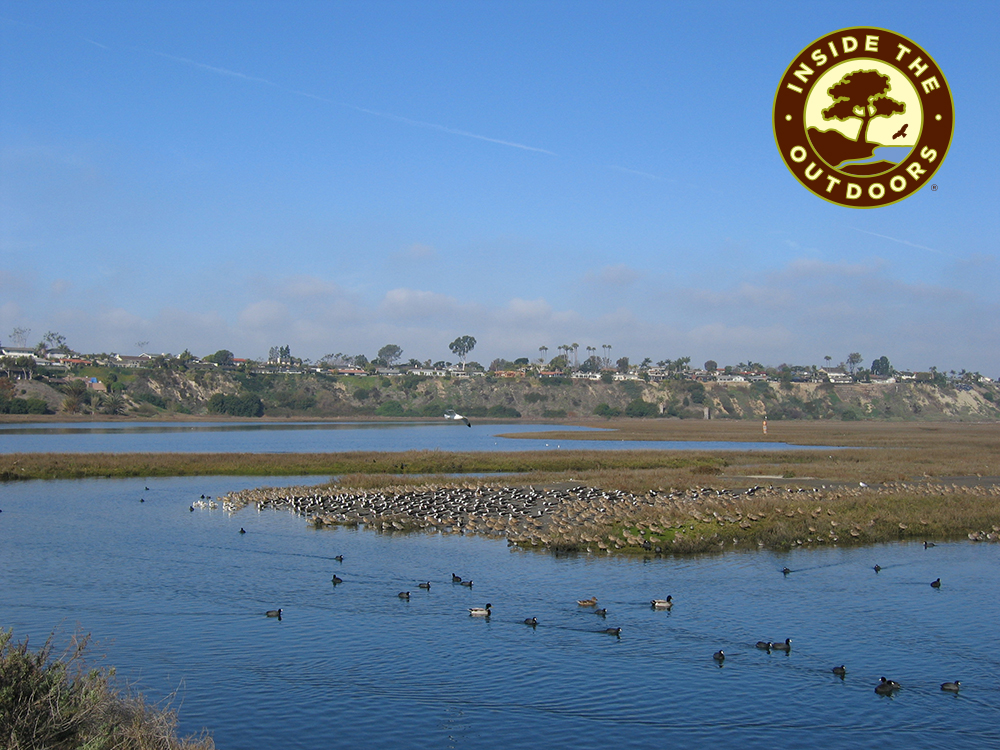 Coastal bluffs, marshes, mudflats, and open water provide a wide diversity of habitats for your students to explore. They will learn how a wetland ecosystem functions, discover its inhabitants, and imagine living as Gabrieliño Indians.
Coastal bluffs, marshes, mudflats, and open water provide a wide diversity of habitats for your students to explore. They will learn how a wetland ecosystem functions, discover its inhabitants, and imagine living as Gabrieliño Indians.
NGSS Standards Supported:
4-LS1-1., 4-ESS3-2.
Other Standards Supported:
HSS 4.2.1
Birds
Preserved bird parts and visual aids are used to teach students characteristics of birds. Using binoculars, students observe live birds and identify their adaptations. Students also learn about the importance of Upper Newport Bay as a wetland habitat along the Pacific Flyway.
Ecology
Students discover the roles organisms play in the estuary ecosystem and explore in the mud to find evidence of the organisms.
People
Students become amateur archaeologists as they dig in an “ancient” Native American midden and “discover” artifacts from long ago. Students compare different aspects of modern society with the Tongva’s and Ajacheman’s way of life hundreds of years ago.
Plants
With their team, students identify wetland plants and learn about their unique adaptations in a fun and interactive scavenger hunt. They also learn that some plants and animals depend on each other for survival.
Site Details:
Location: Upper Newport Bay, Click
here for a map to the site. The address is on the map.
Time: Full Day 9:00 a.m. - 2:30 p.m.
Parking: Vehicle parking is limited
Accessibility: Wheelchair accessible with help from an aide.

